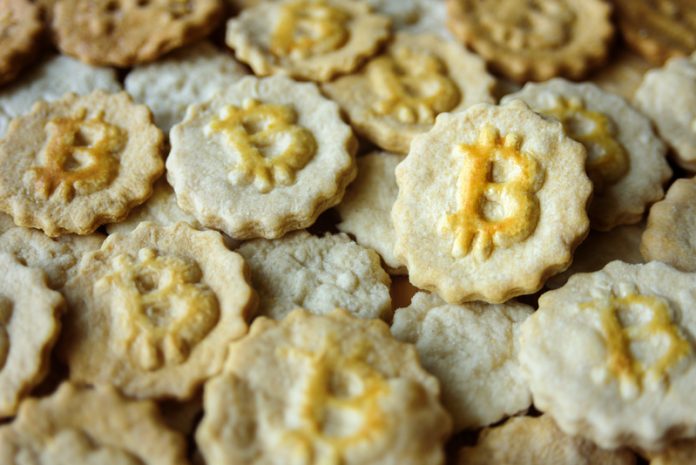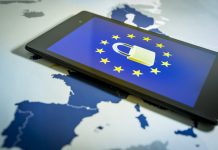Here, Shan Zhan, global business manager at ABB’s food and beverage business, looks at how blockchain can be used to enhance food traceability
“The Blockchain, can change…well everything.” That was the prediction of Goldman Sachs in 2015. There has been a lot of talk in the media recently about Blockchain, particularly around Bitcoin and other cryptocurrencies, but just as the investment bank giant predicted, the technology is starting to have more wide-reaching impacts on other sectors.
A report from research consultancy Kairos Future describes blockchain as a founding block for the digitalisation of society. With multinationals such as IBM and Walmart driving a pilot project using blockchain technology for traceability, the food and beverage industry needs to look at the need for the protection of traceability data.
The United Nations recognizes food security as a key priority, especially in developing countries. While most countries must abide by strict traceability regulations, which are particularly strong in the EU, other regions may not have the same standards or the data may be at risk of fraud.
Food fraud is described by the Food Safety Net Services (FSNS) as the act of purposely altering, misrepresenting, mislabeling, substituting or tampering with any food product at any point along the farm-to-table food supply chain.
Since the thirteenth century, laws have existed to protect consumers against harm from this. The first instance recorded of these laws was during the reign of English monarch King John when England introduced laws against diluting wine with water or packing flour with chalk.
The crime still exists to this day. While malicious contamination intended to damage public health is a significant concern, a bigger problem is the mislabeling of food for financial gain. The biggest areas of risk are bulk commodities such as coffee and tea, composite meat products and Marine Stewardship Council (MSC) labelled fish.
For example, lower-cost types of rice such as long-grain are sometimes mixed with a small amount of higher-priced basmati rice and sold as the latter. By using blockchain technology in their traceability records, food manufacturers can prevent this from happening.
Blockchain is a type of distributed ledger technology that keeps a digital record of all transactions. The records are broadcasted to a peer-to-peer (P2P) network consisting of computers known as nodes. Once a new transaction is verified, it is added as a new block to the blockchain and cannot be altered.
And as the authors of Blockchain Revolution explain, “the blockchain is an incorruptible digital ledger of economic transactions that can be programmed to record not just financial transactions but virtually everything of value”.
When records of suppliers and customers are collected manually, to ensure the end manufacturer can trace the entire process, this does not protect the confidential data of suppliers. Blockchain technology anonymises the data but it is still sufficient to ensure that the supply chain is up to standard.
In the case of mislabeled basmati rice, blockchain technology would prevent food fraud as the amount of each ingredient going into the supply chain cannot be lower than the volume going out. This would flag the product as a fraudulent product.
Not only can it help to monitor food ingredients, but it can also monitor the conditions at the production facility. These are often very difficult to verify and, even if records are taken, they can be falsified. A photo or digital file can be taken to record the situation, such as a fish being caught, to show that it complies with the MSC’s regulations on sustainably caught seafood.
The blockchain will then create a secure digital fingerprint for this image that is recorded in the blockchain, known as a hash. The time and location of the photograph will be encrypted as part of this hash, so it cannot be manipulated. The next supplier in the blockchain will then have a key to this hash and will be able to see that their product has met the regulations.
Food and beverage manufacturers can also use blockchain to ensure that conditions at their production facilities are being met, or any other data that needs to be securely transferred along the production line. While we are not yet advanced enough with this technology to implement across all food and beverage supply chains, increased digitalisation and being at the forefront of investment into these technologies will help plant managers to prepare their supply chain against the food fraud threat.











